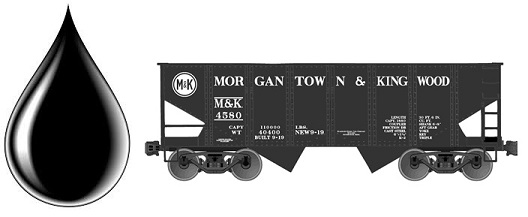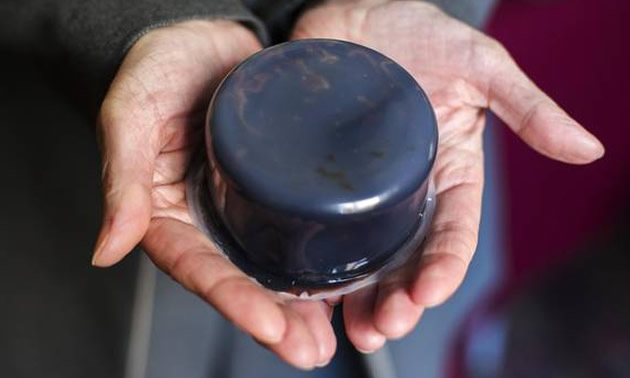A New Way to Transport Oil
The oil pellets would have liquid centers inside membranes, and could be configured in different sizes.
Thousands of hoppers, sidelined amid declining coal shipments, could reenter service to help transport the oil-filled pellets.
Calgary professor finds a new way to transport oil
September 12, 2017
Original story
CALGARY, Alberta — A University of Calgary professor believes self-sealing pellets could be the new way to transport oil, science and tech news site Futurism reports.
Ian Gates, a professor at the Calgary university’s school of engineering, was researching ways to increase bitumen, a residue of hydrocarbons left after petroleum distillation, when he accidentally accomplished the opposite.
That’s when Gates determined he could package oil in self-sealing pellets for transportation. The pellets would include liquid centers inside membranes. According to the article, Gates’ engineering team could configure the pellets in different sizes and they would each use about the same amount of energy as traditional pipeline transport.
But according to Gates’ team, it would be a much safer alternative to shipping oil by rail or pipeline.
Thousands of coal hoppers sidelined amid declining coal shipments could reenter service to help transport the oil-filled pellets.
“With this, we can put [oil] in a standard railcar. It can go to any port where a railcar goes, which is an immense number of them, to get product out from North America,” says Gates. “It’s a safe product for transport.”
Gates expects his invention to be in use by November, but he does not expect the pellets to replace pipelines.
Instead, he sees it as an alternative, and safer, method to hauling liquid oil.
The university is working with potential industry partners and other customers who could help advance the technology to a field trial.
CN, Canadian National, filed a patent application for a new technology that turns bitumen—the heavy crude produced at the oil sands—into a mostly solid pellet. In the event of an accident, the pellets would not explode, leak, or sink in water. The new technology considered to be a safe alternative to shipping oil in crude liquid form.


